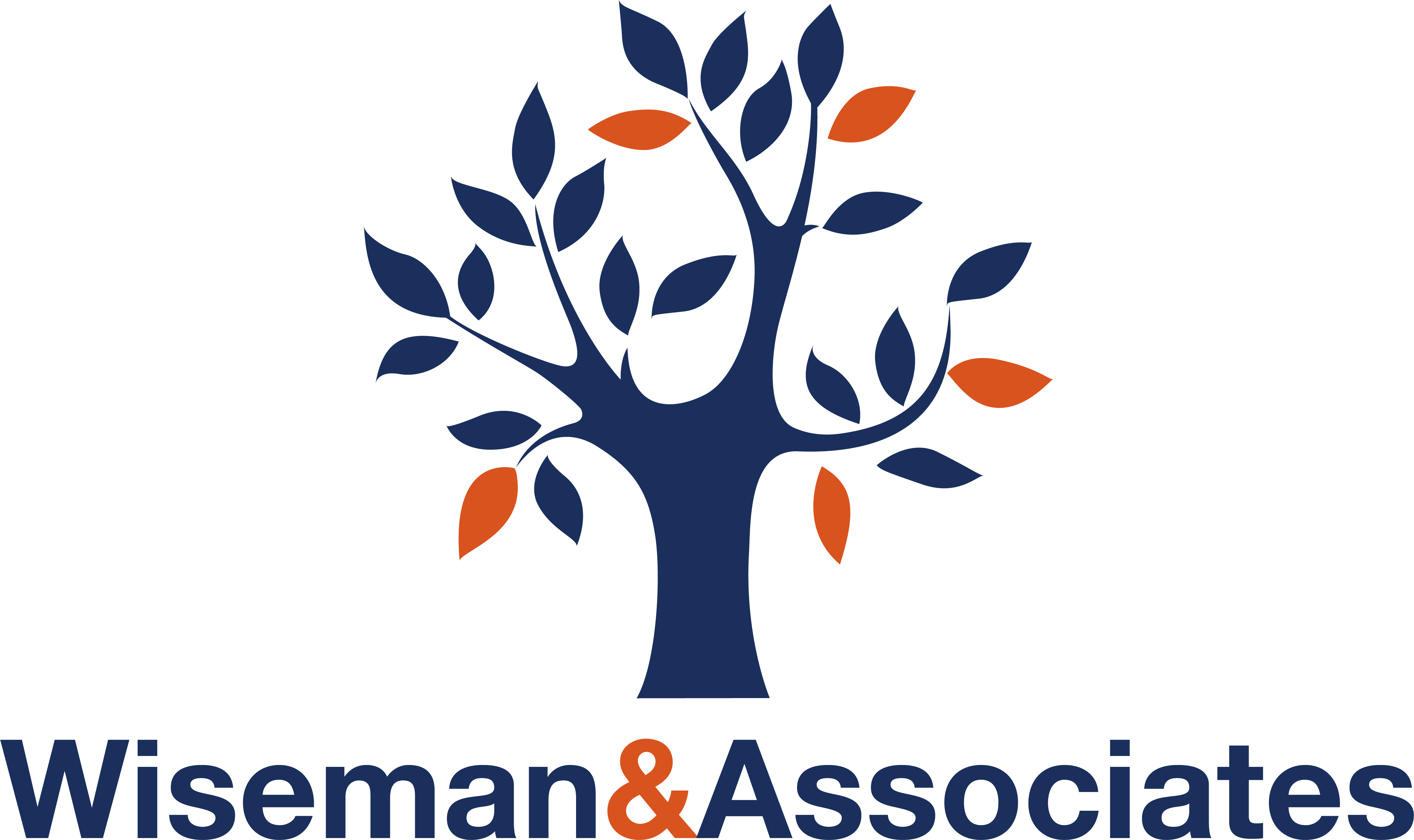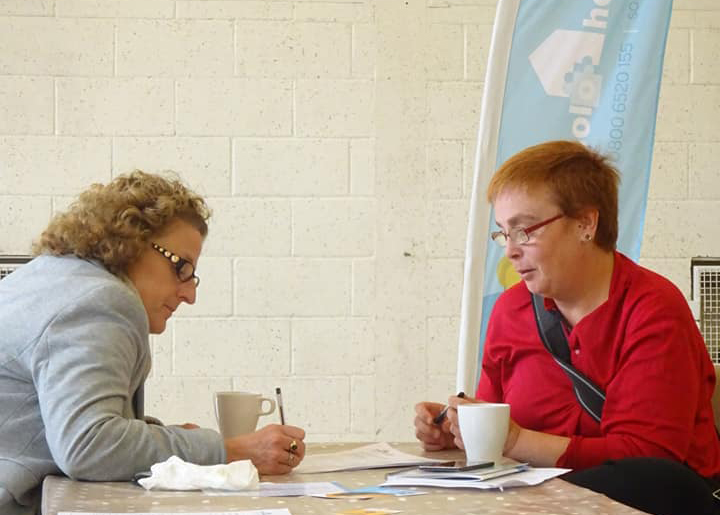If you would like to find out more about how we can tailor our services to meet your needs, please contact us via the email address or telephone number below.
Be a confident, compelling public speaker
On behalf of your organisation you may have to speak to a range of audiences, large and small. Follow this recipe to give you the best chance of creating a favourable impression.
Serves –staff and volunteers working in organisations
Preparation – approximately 1-2 days, depending on speech and audience, though with practice you will take less time.
Cooking time – 15 minutes to 3 hours
Ingredients
- topic
- structure
- audience
- 7Cs of Communication
- cue cards
- script (optional)
- visual/ audio aids (optional)
- handout (optional)
- frame of mind
- opener
- voice
- body language
- practice
Method
- Take the topic and ensure you are thoroughly familiar with it. You will need to know more than what you plan to talk about.
- Consider how you want to structure the communication to best get across your message; this will depend on the size and nature of the audience and the nature of the occasion
- Know your audience; this will determine whether or not any informality is required, the degree to which humour and a passionate approach may be appropriate. What things you need to concentrate on, and so on. A key question is why are they coming to listen to you? Are you their after-dinner speaker or are they attending to hear about an important new initiative?
- Bear in mind the 7Cs of Communication, that is:
- Be clear – ask yourself “What’s the purpose of your message?” If you’re not sure, the person you’re communicating with won’t be either.
- Be concise. Keep it brief, avoid repetition, and delete unnecessary adjectives and “filler words,” like “kind of” or “basically.” Make your key messages stand out. Do this by minimizing the number of ideas you talk about in each sentence. One is ideal.
- Be concrete, so your audience will have a clear picture of what you’re telling them. Detail is important, but not too much. Try to include some “standout” facts, and make sure you have a laser-sharp focus on your key message.
- Be correct. Double-check for mistakes. When your communications are error-free, they’ll look professional and polished.
- Be coherent – connect all of your points and make them relevant to the key topic. This will also help to keep the tone and flow of your message consistent.
- Be complete – supply your audience with all the information that it will need to make an informed decision or take action. If, for instance, you’re sending a reminder about a meeting, be specific. Include details of the location, time and purpose. And, ask people to respond!
- Be courteous – have a friendly, open, and honest tone. Always keep your audience’s viewpoint in mind, and show you empathise and understand their needs.
- Make a list of important points on cue cards, or, as you get better at public speaking, try to memorize what you’re going to say – you can still refer back to your cue cards when you need them.
- Alternatively, write your entire script down. Highlight your key words (using a different colour highlighter per paragraph) and practice a few times so that you are not just reading it out, but speaking to your audience (making eye contact). If you lose your thread you will be able to find your way back quickly. This will give you the confidence to speak more fluently when you feel under pressure. Try not to read word-for-word from your notes, this will sound too stilted.
- Visual/ audio aids such as PowerPoint can help so long as they don’t distract from your main message. Only use key words or phrases on your visual aids. If you have detailed information that is not very easily read, ensure you have this available as a handout.
- Before you are due to speak, get into the right frame of mind. Techniques for doing this include:
- visualising giving a successful presentation and imagine how you’ll feel once it’s over and when you’ve made a positive difference for others.
- using positive affirmations such as “I will do well!”
- chatting with some of the audience members in advance. It may be less stressful if the audience aren’t all complete strangers.
- focusing your attention away from your own anxieties and concentrating on your message and your audience
- taking deep breaths from your belly, hold each one for several seconds, and let it out slowly – this slows down your heart rate and gives your body the extra oxygen it needs to perform.
- using your peripheral vision – this makes you feel calmer because your sense of personal space expands, and you become more externally aware of the room and of your audience.
- Consider your opener. When you speak, engage your audience. Pause, smile and slowly count to three before saying anything. Use humour but take care not to offend! Asking leading questions targeted to individuals or groups encourages participation and asking of questions. Story telling can be a powerful opener. All this helps counter any feeling of isolation and creates a warmer atmosphere, so the audience are more receptive.
- Modulate your voice to differentiate quiet passages and more forceful points. Use pauses; they engage and make you sound confident, natural, and authentic. Avoid talking fast just to get it over more quickly.
- Use positive body language: stand up straight; take deep breaths, look people in the eye, and smile.
- To further improve, practice with smaller groups before you graduate to big audiences, and whenever possible, record your presentations and see what you can learn from what went well and what didn’t.




